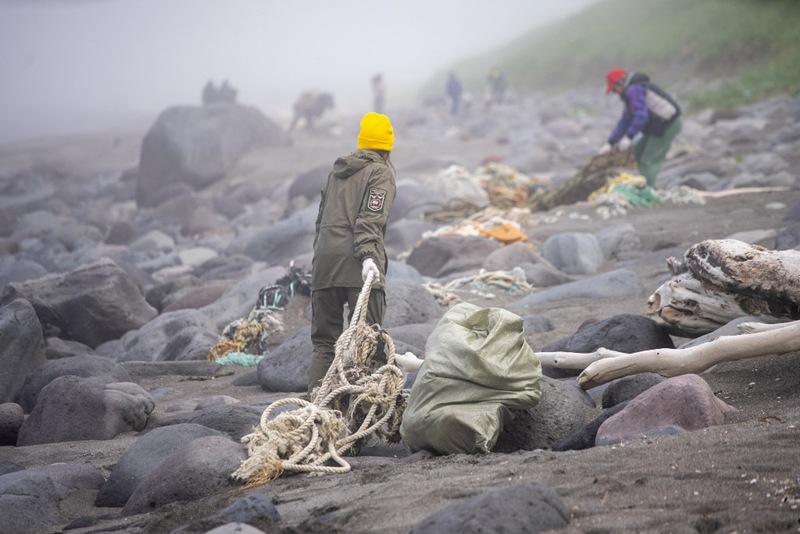Russian coasts, especially in vulnerable and remote regions, are suffocating under the onslaught of anthropogenic debris. In response to this growing environmental threat, machine learning specialists from the Yandex School of Data Analysis, with the support of Yandex B2B Tech and the Far Eastern Federal University (FEFU), have developed and made publicly available a neural network. This tool is able to determine the volume, mass and classify types of garbage on the shores of reservoirs. The technology has already proven its effectiveness during an ecological expedition in the South Kamchatka Federal Reserve and is being tested in the harsh conditions of the Arctic and other regions. It is important that this solution will be available free of charge to environmental control services and volunteer organizations, which will significantly speed up garbage collection in hard-to-reach places where nature is particularly affected by our impact.

The principle of the neural network is to analyze aerial photographs of coastal areas. Artificial intelligence with an accuracy of over 80% divides the detected debris into six categories reflecting the main sources of pollution: fishing nets that pose a deadly threat to marine life, iron, rubber, coarse plastic, concrete debris and wood. The model not only identifies the garbage, but also accurately marks its coordinates on the map, indicates the estimated composition and weight. These critical data allow environmentalists and cleaning organizers to calculate the required number of volunteers and select the appropriate equipment, optimizing the logistics of cleaning contaminated areas.
“Every summer, volunteers and scientists gather in the Kronotsky Nature Reserve and the South Kamchatka Nature Reserve to clear plastic debris from the shore. For many years we have been observing how waves bring hundreds of tons of waste here from all over the world. The Yandex Cloud Technology Center for Society solution helps you find trash faster, more accurately, and more efficiently. With its help, you can plan the cleaning so as to cover the maximum area,” says Roman Korchigin, an employee of the Kronotsky State Nature Reserve.
The practical application of the technology during expeditions in the territories of the Kronotsky Nature Reserve and the South Kamchatka Nature Reserve in Kamchatka has produced alarming results. Using a neural network, experts have found that plastic containers and packaging (from 33 to 39% of the total amount of garbage) and hazardous waste from industrial fishing, such as scraps of nets and trawls (27-29%), make the greatest contribution to coastal pollution. Based on these data, experts were able to accurately calculate the resources needed for cleaning: a group of 20 volunteers, two dump trucks, two ATVs for difficult terrain and a front loader. The use of drones in combination with a neural network made it possible to organize the removal of five tons of waste four times faster than would have been possible using traditional methods, demonstrating the enormous potential of the technology for real field work.
Plans for 2025 include extending this advanced technology to other national parks and reserves in the Far East and the Arctic. These regions are characterized by particularly vulnerable ecosystems and extreme transport inaccessibility, which makes garbage collection an extremely difficult and expensive task. Accurate mapping and estimation of waste volumes using a neural network will help to significantly better plan the logistics of harvesting campaigns in these areas that are critical for the conservation of biodiversity.
The developers emphasize the flexibility of the technology: it can be further trained to recognize other types of waste, adapting it to the specific needs of different regions. It is important that the development code is publicly available, which allows enthusiasts and organizations around the world to use and improve this solution for pollution monitoring and control.